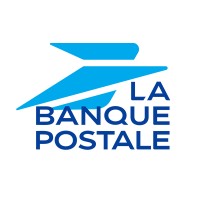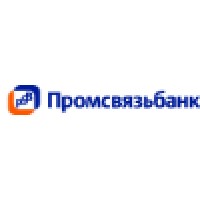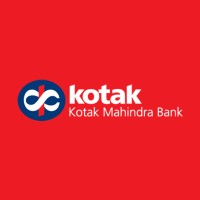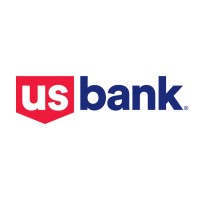Company Cyber Security Posture
NANA
NA Company Details
NA
NA
NA
NA
NA
NA
Scan still pending
NA
NA
Between 200 and 800
This score is AI-generated and less favored by cyber insurers, who prefer the TPRM score.
 NA Global Score
NA Global Score.png)

Company Scoring based on AI Models
| Model Name | Date | Description | Current Score Difference | Score |
|---|---|---|---|---|
| AVERAGE-Industry | 03-12-2025 | This score represents the average cybersecurity rating of companies already scanned within the same industry. It provides a benchmark to compare an individual company's security posture against its industry peers. | N/A | Between 200 and 800 |
Company Cyber Security News & History
| Entity | Type | Severity | Impact | Seen | Url ID | Details | View |
|---|
Company Subsidiaries

NA
Access Data Using Our API

Get company history
.png)
NA Cyber Security News
Handelsbanken taps Meniga to boost customer engagement in Norway
Swedish bank Handelsbanken has partnered with UK-based fintech Meniga to utilise its customer engagement tools in a bid to enhance the digital banking ...
Wealth app Chip appoints Gina Silvester as new COO
UK-based wealth app Chip has appointed Gina Silvester as its new chief operating officer (COO). She will replace outgoing COO Sharon Miles, who is joining ...

NA Similar Companies

La Banque Postale
La Banque Postale is a ‘bank like no other’ driven by the post office values of local presence and service. As heir to La Poste Financial Services, it is the only bank to have been tasked with a mission to provide access to banking services under the law introduced to modernise the French economy

LIFE Financial Group
Финансовая группа «Лайф» — частный российский банковский холдинг. Обслуживает более 200 тысяч предприятий и почти 4 миллиона частных клиентов. По количеству отделений (более 800) группа входит в пятерку крупнейших российских банков. Включает Пробизнесбанк, Экспресс-Волгу (Саратов), Солидарность (Сам

Promsvyazbank
OJSC Promsvyazbank (PSB) is a Russian privately-owned universal commercial bank. Founded in 1995, PSB currently ranks 9th by assets among Russian banks (Interfax as of 01/01/13). PSB offers a comprehensive range of banking services to corporate and individual customers. PSB’s domestic and interna

Kotak Mahindra Bank
About Kotak Mahindra Group: Established in 1985, the Kotak Mahindra Group is one of India’s leading financial services conglomerates. In February 2003, Kotak Mahindra Finance Ltd. (KMFL), the Group’s flagship company, received a banking license from the Reserve Bank of India (RBI). With this, KMF

U.S. Bank
At U.S. Bank, we help millions of clients achieve their goals with a balance of best-in-class technology and human expertise tailored to individual needs. As the fifth-largest commercial bank in the United States, we’ve built a reputation for strength and stability across a diversified mix of busine

Türkiye İş Bankası
In the nearly 100 years since its founding by the Great Leader Mustafa Kemal Atatürk on August 26, 1924, İşbank has undertaken various roles and made significant contributions to the development of our country in many fields, especially in industry and trade. İşbank offers products and services to

Frequently Asked Questions
Explore insights on cybersecurity incidents, risk posture, and Rankiteo's assessments.
NA CyberSecurity History Information
How many cyber incidents has NA faced?
Total Incidents: According to Rankiteo, NA has faced 0 incidents in the past.
What types of cybersecurity incidents have occurred at NA?
Incident Types: The types of cybersecurity incidents that have occurred include .
Additional Questions
What Do We Measure?
















Every week, Rankiteo analyzes billions of signals to give organizations a sharper, faster view of emerging risks. With deeper, more actionable intelligence at their fingertips, security teams can outpace threat actors, respond instantly to Zero-Day attacks, and dramatically shrink their risk exposure window.
These are some of the factors we use to calculate the overall score:
Identify exposed access points, detect misconfigured SSL certificates, and uncover vulnerabilities across the network infrastructure.
Gain visibility into the software components used within an organization to detect vulnerabilities, manage risk, and ensure supply chain security.
Monitor and manage all IT assets and their configurations to ensure accurate, real-time visibility across the company's technology environment.
Leverage real-time insights on active threats, malware campaigns, and emerging vulnerabilities to proactively defend against evolving cyberattacks.




